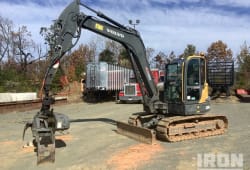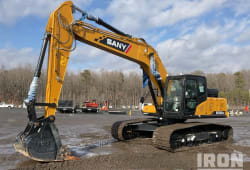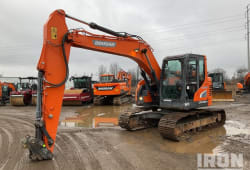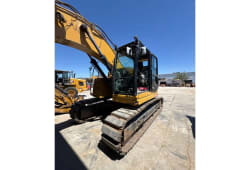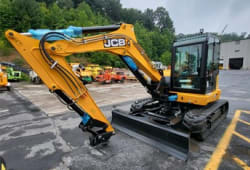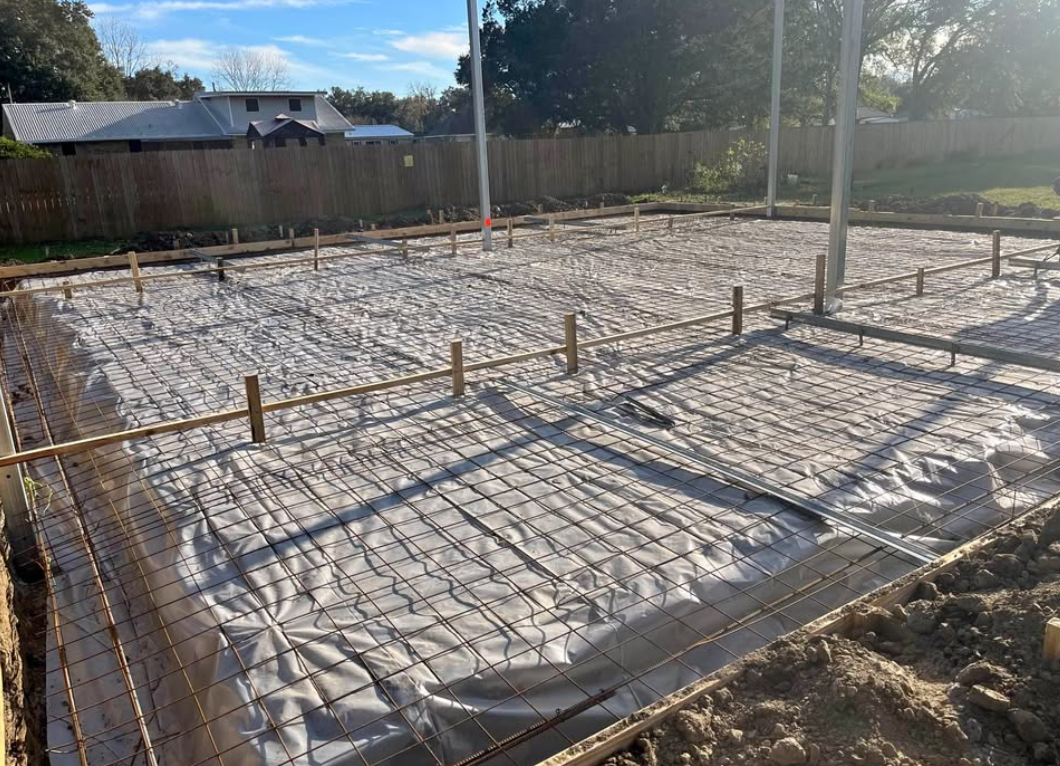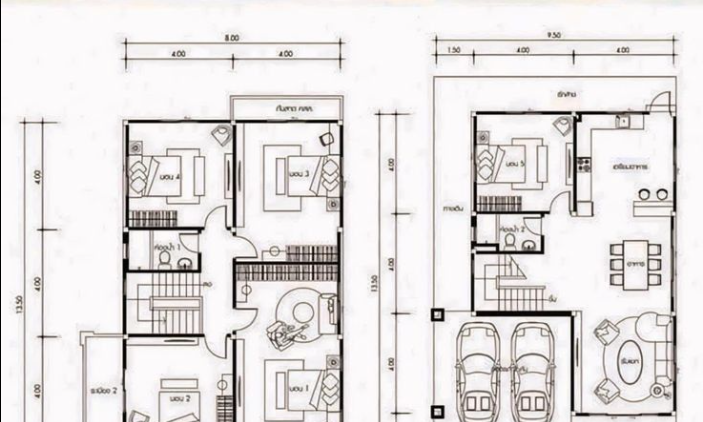Actual Quantity of Work Performed in Construction: What It Is and Why It Matters
4 Lectura mínima
)
mayo 22, 2025
In the world of construction, accuracy is everything. From budgeting to scheduling, every detail counts. One of the most crucial aspects that often gets overlooked outside project management circles is the Actual Quantity of Work Performed. Understanding and tracking this data point can make or break the success of a construction project. In this blog post, we’ll break down what it means, how it’s calculated, why it matters, and how it differs from estimated quantities.
What Is the Actual Quantity of Work Performed in Construction?
The Actual Quantity of Work Performed in construction refers to the precise amount of work that has been completed at a given point in time. Unlike estimated quantities, which are projections made during the planning phase, actual quantities are measurements based on work done in the field.
These quantities are vital for evaluating project progress, validating contractor payments, and ensuring the job is on track.
Why Is It Important to Measure the Actual Quantity of Work Performed?
Accurate tracking of actual work quantities serves multiple purposes:
Cost Control: Prevents overbilling and ensures payments are based on completed work.
Schedule Management: Helps monitor if the project is behind, on schedule, or ahead of time.
Progress Reporting: Facilitates transparent communication with stakeholders and clients.
Contract Compliance: Validates that the contractor is delivering what’s agreed upon.
Dispute Resolution: Provides documented proof of completed work in case of legal or contractual disagreements.
How to Describe Quantity of Work in Construction
:format(webp))
When describing the quantity of work in construction, it’s essential to use standardized units that vary by task or trade. Here are some common examples:
Concrete: Measured in cubic meters or cubic yards.
Masonry: Measured in square feet or square meters.
Excavation: Measured in cubic meters.
Flooring: Measured in square feet.
Piping: Measured in linear feet or meters.
Using consistent units helps avoid confusion and ensures everyone on the project team is aligned.
Actual Quantity of Work Performed Calculation Methods
The method you use to calculate actual work depends on the type of construction activity. Here are a few examples:
Concrete Pouring: Measured using formwork dimensions and pour depth.
Earthmoving: Volume calculations using site grading plans and GPS tools.
Bricklaying: Count of bricks laid, multiplied by average size.
Tiling: Measured by the total surface area covered.
Modern tools like drones, laser scanners, and Building Information Modeling (BIM) software can automate much of this process for increased accuracy.
Tools and Technologies for Tracking Actual Work Quantities
Tracking the actual quantity of work performed has evolved with technology. Here are some popular tools:
Construction Management Software (e.g., Procore, Buildertrend, PlanGrid)
Drones and Laser Scanning: For volumetric measurements and progress photos.
IoT Sensors: Installed on machinery or in the field to measure output in real time.
BIM Integration: Cross-references 3D models with on-site progress.
Common Challenges in Measuring Actual Quantities
Despite the tools available, there are still challenges:
Manual Entry Errors: Human mistakes in logging data.
Delayed Reporting: Lag between work performed and data entry.
Inconsistent Units: Teams may use different standards if not trained properly.
Discrepancies Between Drawings and Site Conditions: As-built conditions often vary from planned ones.
Best Practices for Accurate Quantity Tracking
To overcome these challenges, consider implementing these best practices:
Daily Site Logs: Maintain accurate and timely records of daily progress.
Standardized Units: Ensure all teams use consistent measurement units.
Regular Audits: Conduct frequent checks against planned work.
Training: Equip teams with knowledge and tools for precise measurement.
Digital Integration: Link software tools for streamlined data collection.
Conclusion
Tracking the Actual Quantity of Work Performed in construction is more than just paperwork-it's the foundation of effective project control. From budget accuracy to progress reporting and dispute resolution, the importance of this metric cannot be overstated. With the right tools and practices, you can ensure your project stays on time, within budget, and aligned with client expectations.
FAQs
Q: How do you calculate actual quantity of work performed in construction?
A: It depends on the type of task, but common methods include on-site measurements, material takeoffs, and digital tools like drones and BIM.
Q: Why is it important to measure actual quantities of work performed?
A: To control costs, track progress, ensure compliance, and resolve disputes.
Q: What units are used to describe quantity of work in construction?
A: Units vary by trade, such as cubic meters (concrete), square feet (flooring), or linear meters (piping).

Aaron Kline is the Co-Founder and COO of Boom & Bucket, where he leverages his extensive leadership experience to revolutionize the heavy equipment industry. With a background in building scalable processes and teams from his time as a Naval officer and executive roles in tech, Aaron focuses on introducing cutting-edge technology to construction and agriculture markets. Before Boom & Bucket, he held leadership positions at Skylo and Yard Club (acquired by Caterpillar), and he’s passionate about fostering innovation and driving efficiency in under-digitized industries.
